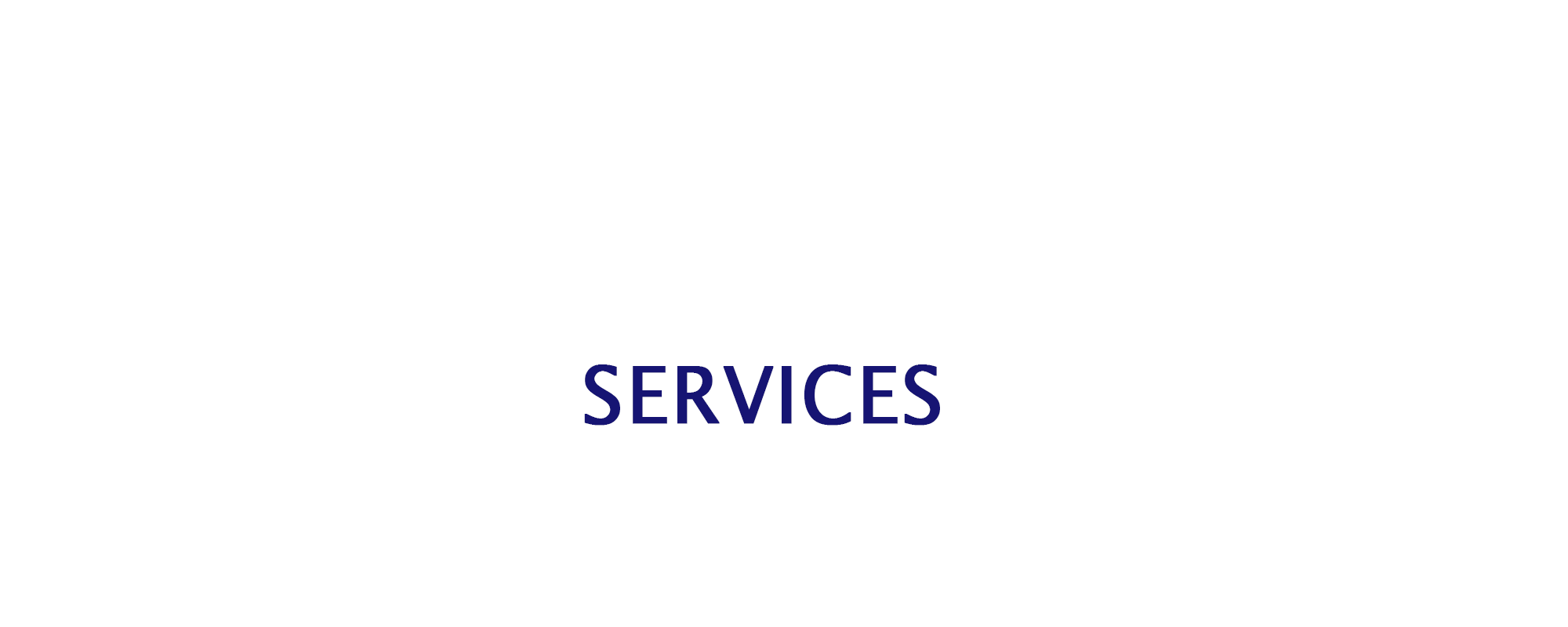
Our Services
Dry Needling
Dry needling is a therapeutic technique used to treat myofascial pain and muscle tension. It involves inserting thin, solid needles into specific trigger points in the muscles without injecting any substance (hence the term “dry”). The goal of dry needling is to
release tight knots in the muscles, improve blood flow, and promote healing. Unlike acupuncture, dry needling is rooted in Western medicine and focuses on the anatomical and physiological aspects of muscle function. It is often used to alleviate
pain, improve range of motion, and enhance recovery from injuries.
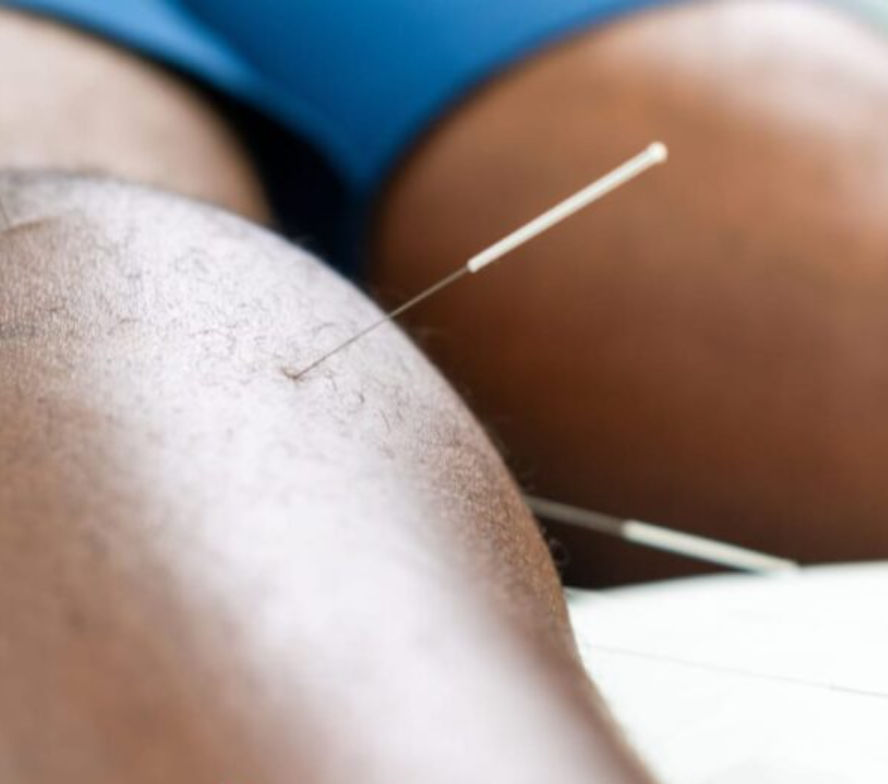
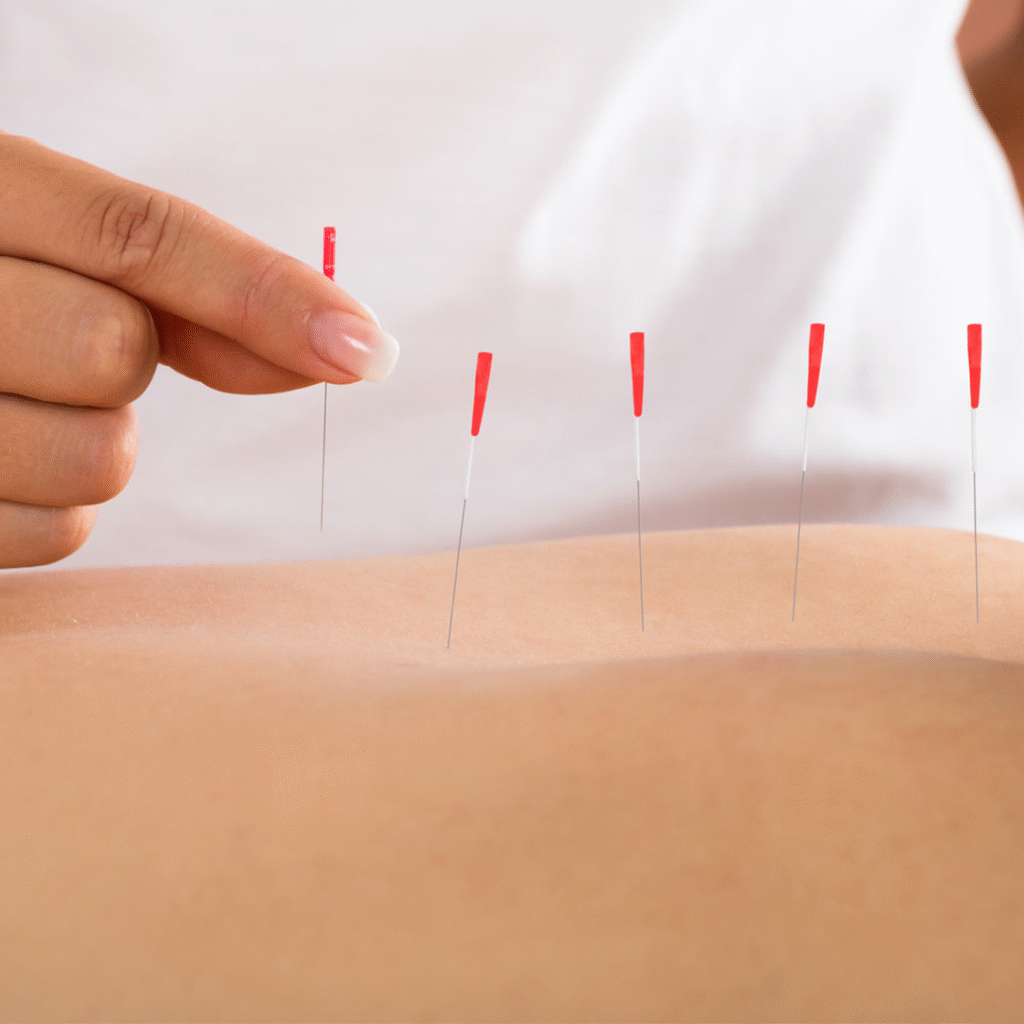
Acupuncture
Acupuncture is a traditional Chinese medicine practice that involves inserting thin needles into specific points on the body to promote healing and balance. It is based on the belief that energy, flows through pathways in the body called meridians. By stimulating these points, acupuncture aims to restore the flow of qi, alleviate pain, and support overall health. It is often used to treat various conditions, including chronic pain, headaches, and stress-related issues.
Cupping
Cupping is an alternative therapy which involves placing cups on the skin to create suction, which can promote blood flow, relieve muscle tension, and provide pain relief.
Cupping is often used to treat various ailments, including muscle pain, inflammation, and respiratory issues. Some athletes use it as a recovery method after intense training.
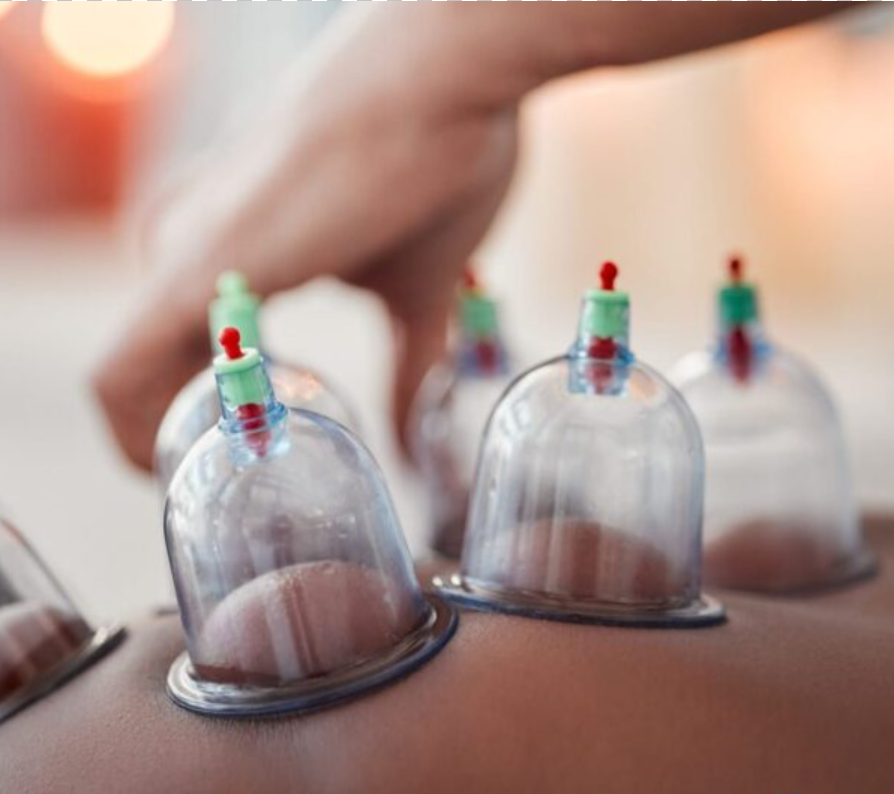
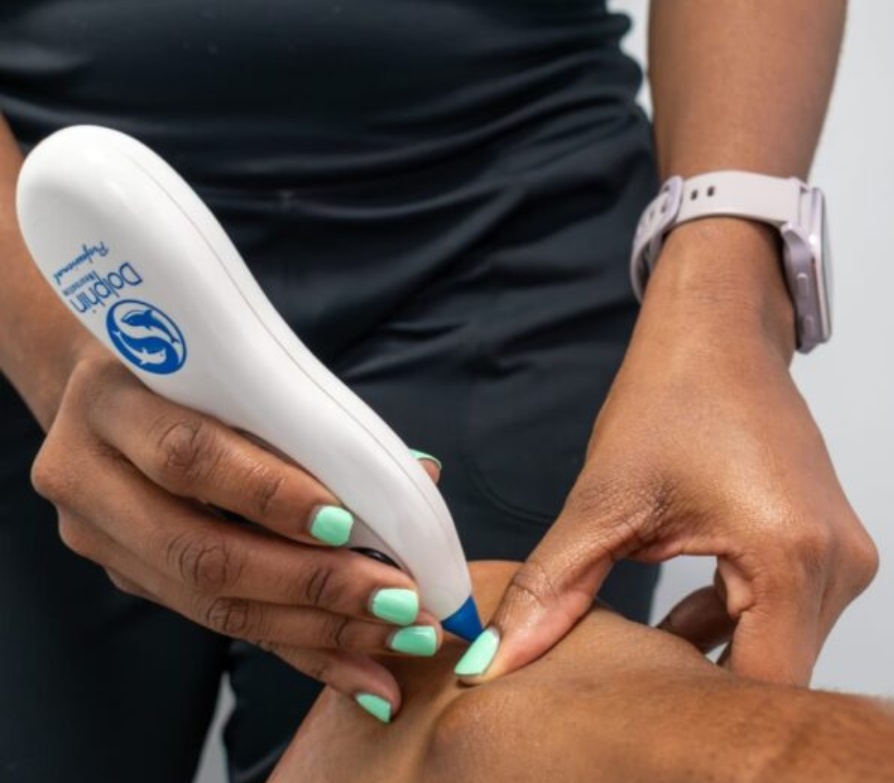
Dolphin Neurostim
The Dolphin Neurostim is a revolutionary therapy device specifically designed to produce the most effective pain and stress management. Dolphin is proven to gently relax muscles, calm the nervous system, and release endorphins – the body’s natural painkillers. Unlike traditional electrotherapy devices which apply strong alternating current (AC), Dolphin applies cellularly responsive concentrated DC microcurrent stimulation to key acupuncture and trigger points. Dolphin Neurostim may also be used in the management of scar tissue release and vagal nerve stimulation.
Manual Therapy
Manual therapy is a hands-on technique used to treat musculoskeletal pain and dysfunction. It involves using the hands to manipulate, mobilize, or apply pressure to
muscles, joints, and soft tissues to relieve pain, improve movement, and promote healing. The main types of manual therapy include joint mobilization, joint manipulation, soft tissue mobilization, stretching and passive range of motion. Manual therapy is commonly used for conditions like back pain, neck pain, arthritis, headaches, sports injuries, and other musculoskeletal issues. It’s often combined with exercise and other rehabilitation techniques to enhance recovery and improve overall function.
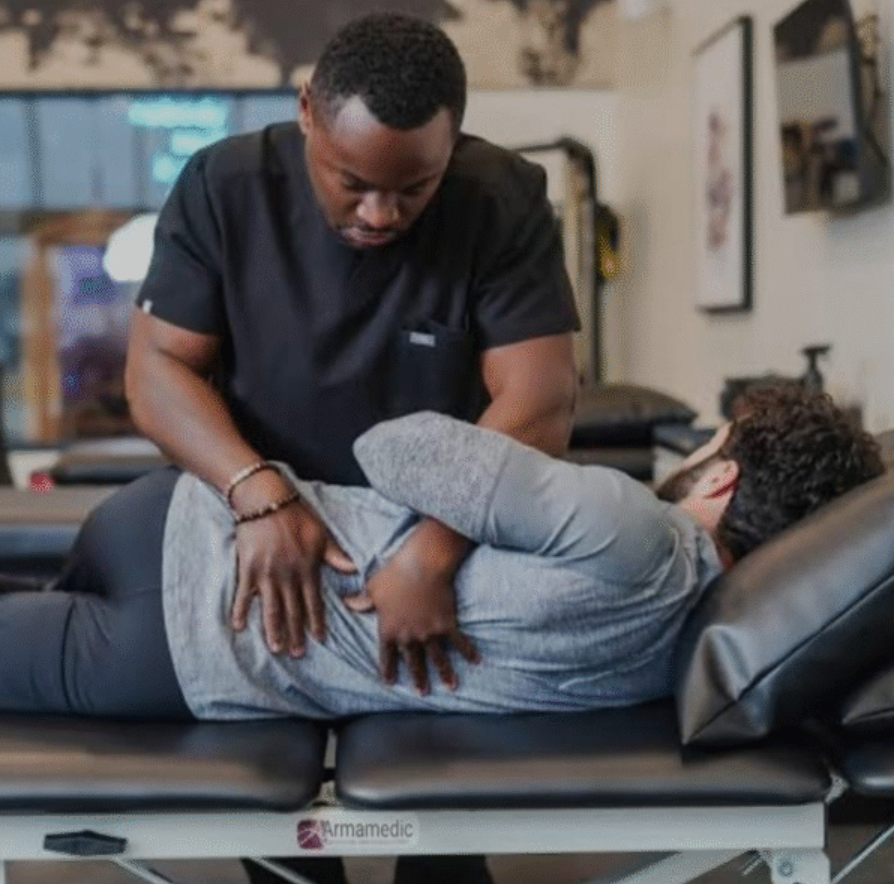
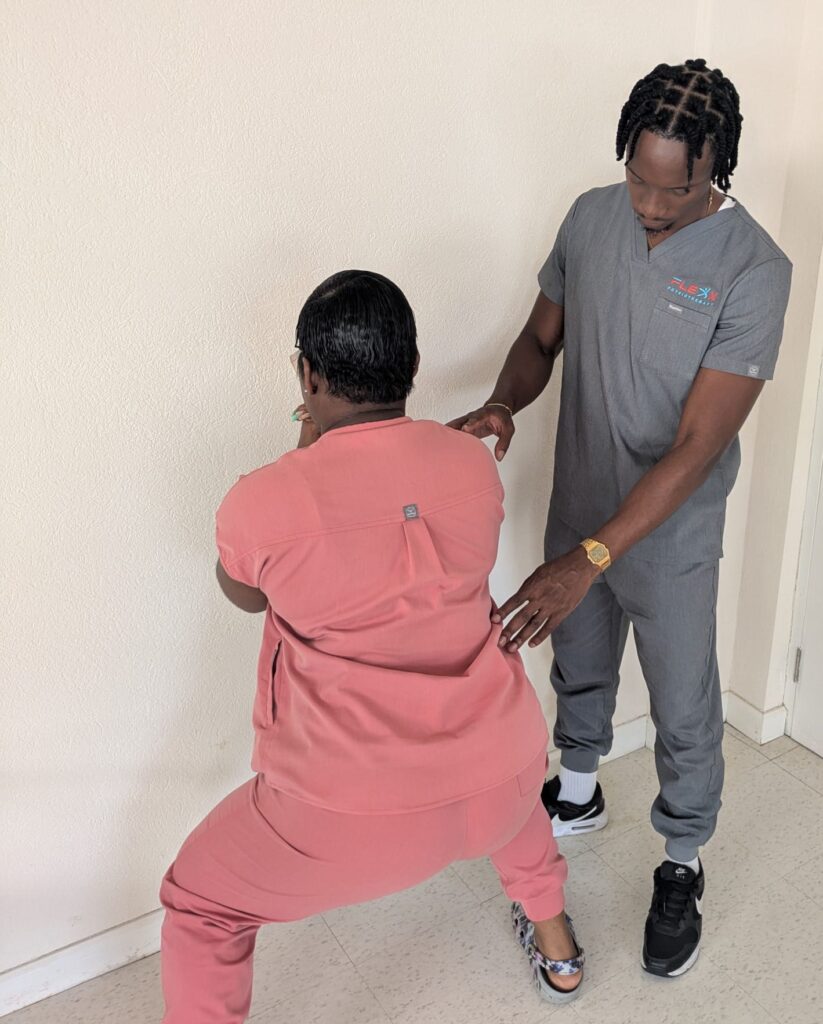
Corrective Exercise
Corrective exercise refers to a specific type of physical training aimed at improving movement patterns, correcting postural imbalances, and addressing any muscle weaknesses or joint restrictions. The goal is to restore optimal function, reduce pain, and prevent injury by identifying and addressing the root cause of movement dysfunctions. This approach typically involves assessment, targeted exercises and rehabilitation.
Kinesiology taping
Kinesiology taping, also known as KT tape, is a therapeutic technique that involves applying a special type of elastic tape to the skin to support muscles and joints, reduce pain, and enhance mobility. The tape is designed to mimic the elasticity of human skin, allowing for a full range of motion while providing support.
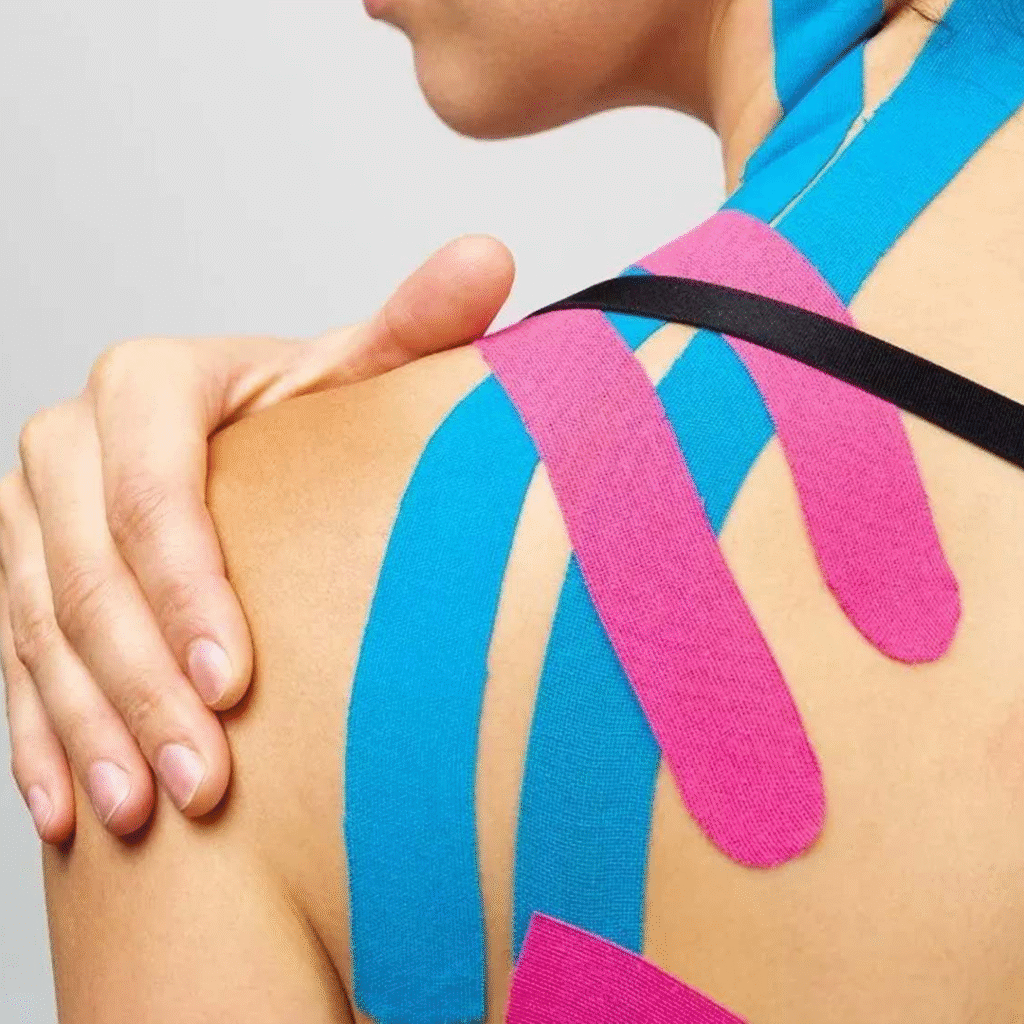
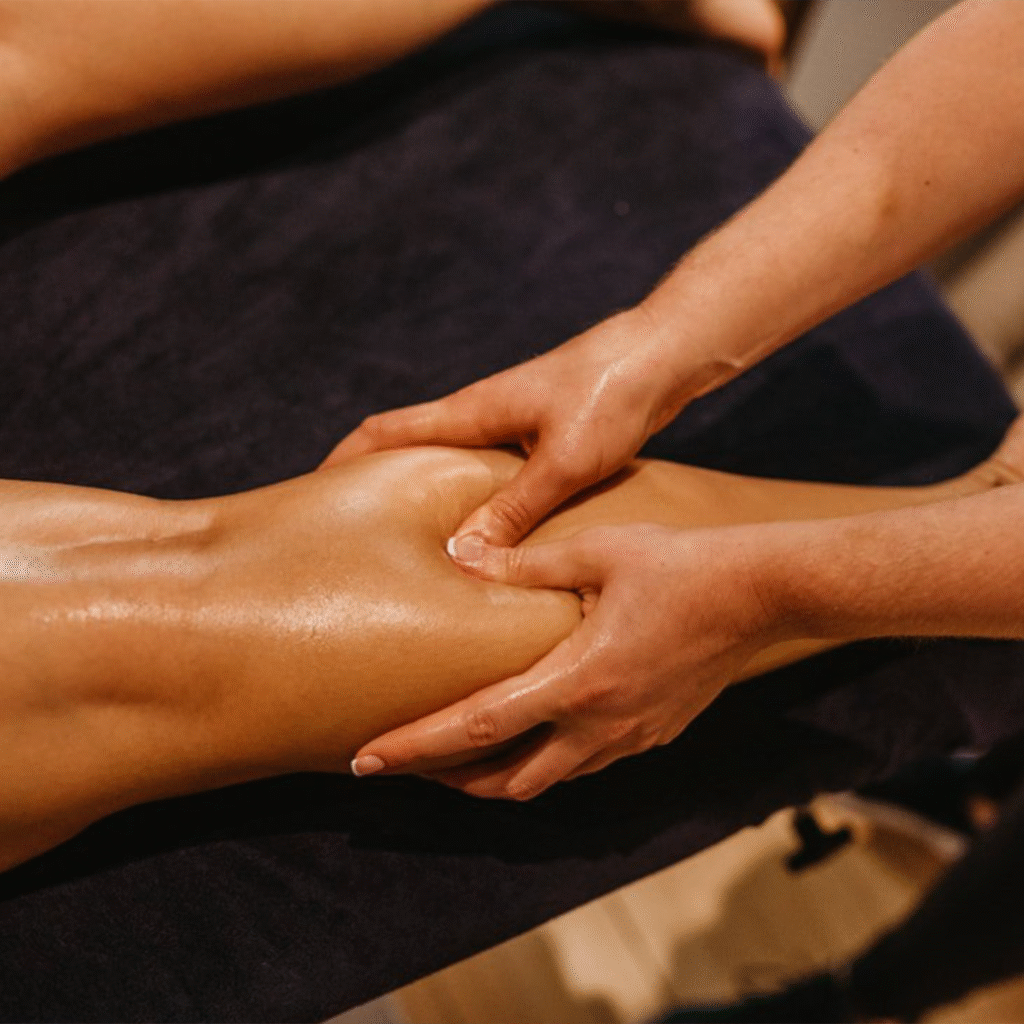
Sports Massage
Sports massage is a type of massage therapy specifically designed to help athletes or active individuals prevent injuries, improve performance, and recover from physical exertion. It involves a variety of techniques tailored to the individual’s needs and the demands of their sport or activity.

